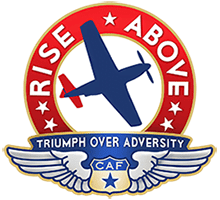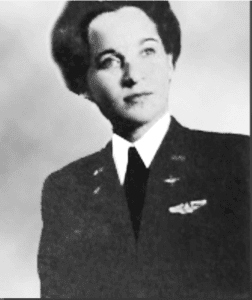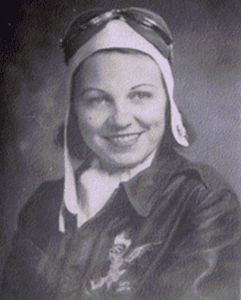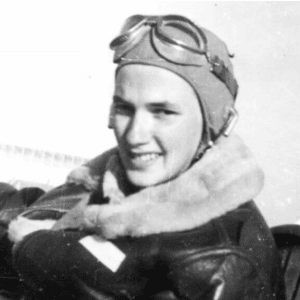Yesterday’s Red Tail Project tweet (click here to read it) noted that on January 6, 1838 Samuel Morse demonstrated for the first time his telegraph and the code he invented to go over the telegraph lines. Six years later, he received $30,000 from Congress to build the first telegraph line from Washington DC to Baltimore. His invention ultimately transformed the speed of communication in the United States and abroad, and was only challenged by the invention of the telephone in 1877. The two technologies remained separate but relevant for many decades. Telephony has thrived – iPhone and texting anyone? – but telegraphy has faded into the background.
Morse code was very important in the field of aviation and to the military. In the 1930s, both civilian and military pilots had to be able to use Morse code for communication and to identify navigational beacons that transmitted their identifiers with short bursts of code. Although Morse code was not used extensively during The Great War, that changed during the Second World War. The Allies and the Axis powers all used radio telegraphy to communicate during long-range ship-to-ship situations because voice-to-voice radio systems weren’t very powerful or secure. (While it’s odd to think of a code – which is typically a form of encryption – needing to be encrypted, that was the case for Morse code usage during the war.)
Warplanes (think bombers) and airplanes on long-range patrol also used radio telegraphy. On the ground, it proved its worth because it required no special equipment and those with the proper training could understand it “live” just by listening to the dits, dots and dashes as they came off the wire.
The last military Morse code message was sent to then-President Bill Clinton in July 1999. He picked up the message via email!
On a related note, Samuel Morse was a key player in the formation of the company that used his telegraph and code to best advantage – Western Union. Ironically, it was Western Union that managed one of the saddest tasks of the War. It received the information and arranged delivery of the telegrams that started out: “We regret to inform you…” notifying a family that a loved one had died during wartime. The families of 66 Tuskegee Airmen pilots received that dreaded telegram.





